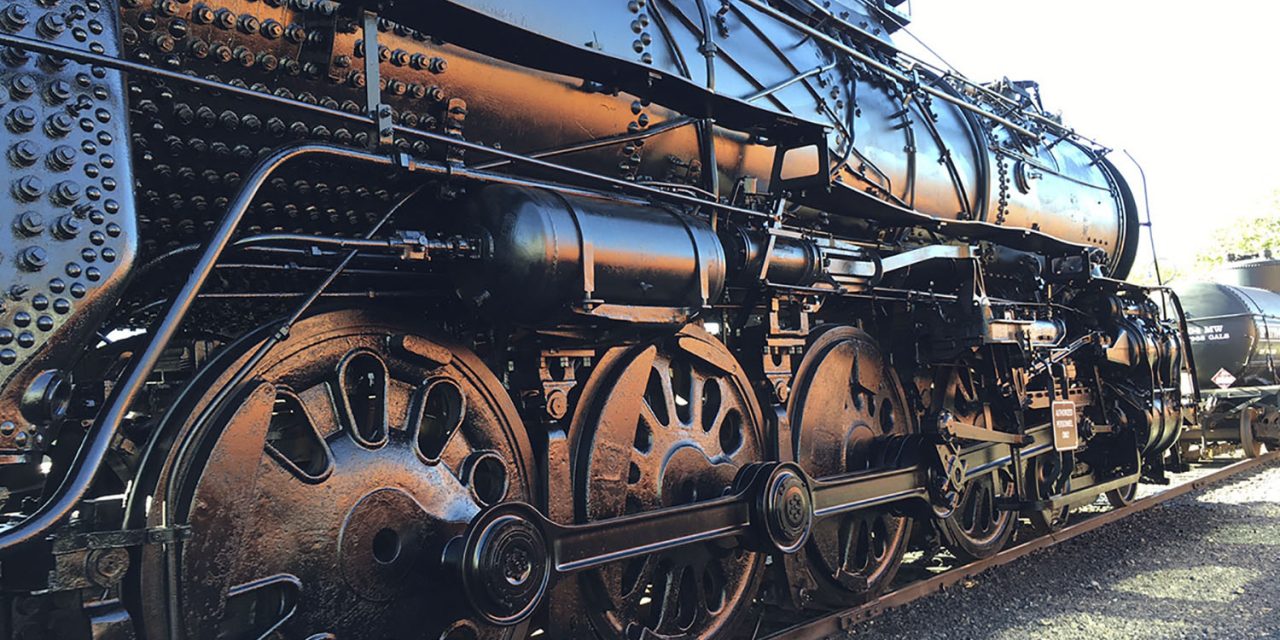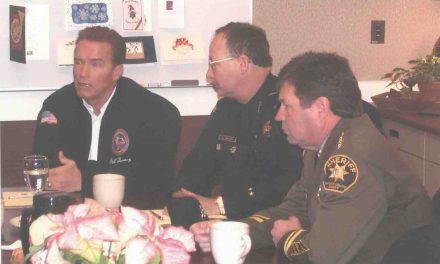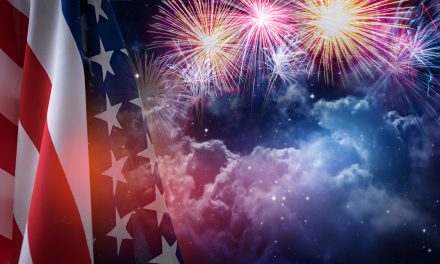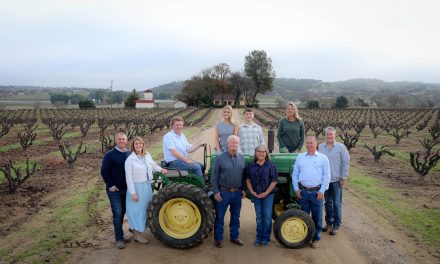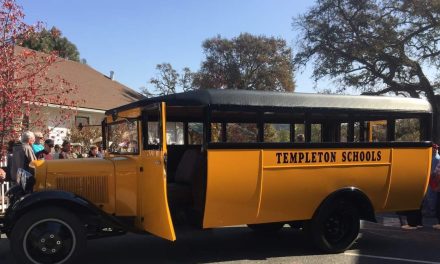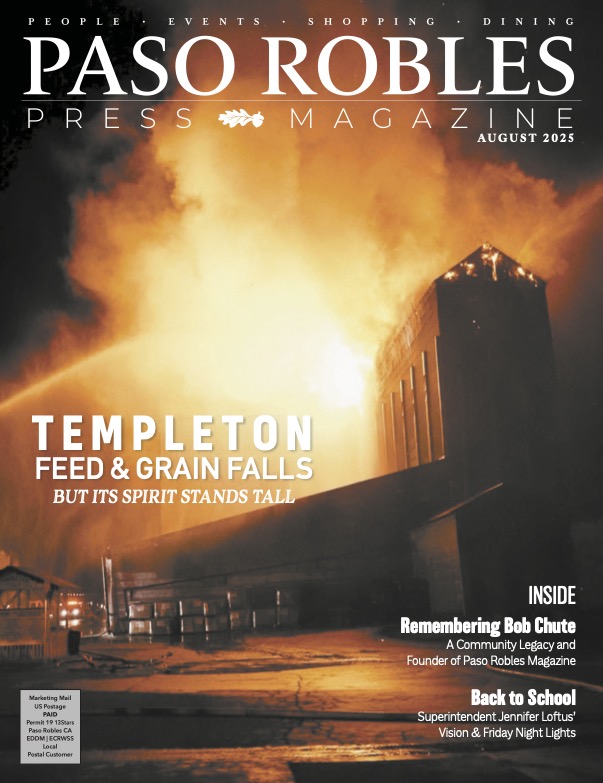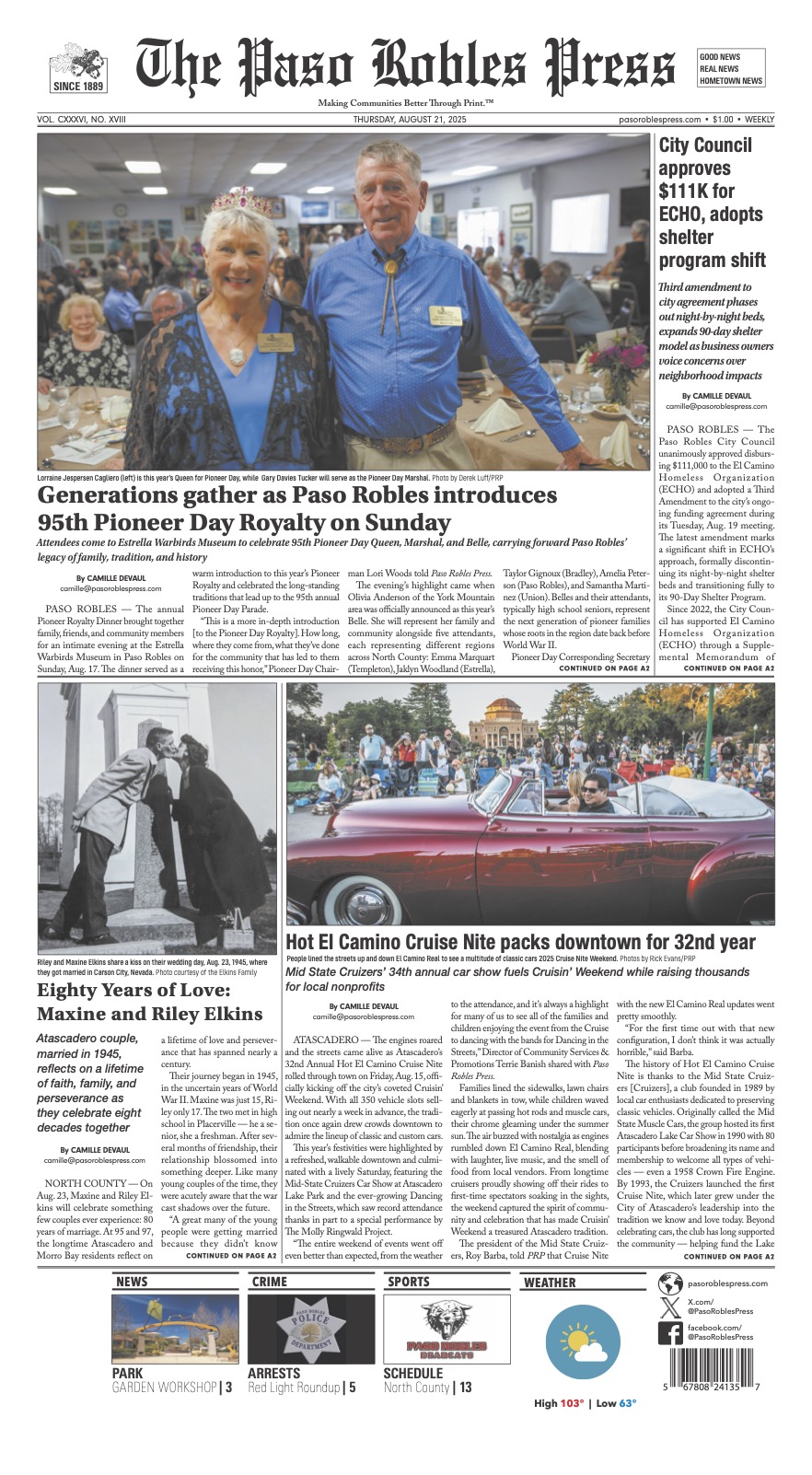Contributed by Mike Sassard
At the height of rail travel to California, was The City of San Francisco. It was the longest, fastest, most beautiful, most elegant train to grace the rails. It was operated by the Southern Pacific, Union Pacific and Chicago & North Western railroads. Her power was comprised of the longest locomotives ever built, six 900 horsepower 12-cylinder diesels. She was capable of 110 miles per hour. Her observation car was the longest in the world. She ran between Chicago and the Golden Gate.
It all started with the driving of the golden spike at Promontory, Utah. The spike was wired to the telegraph. He swung the hammer and missed, but a fast thinking telegrapher sent the message. The engines were Union Pacific’s No. 119 and Central Pacific’s Jupiter. Now there were rails from Chicago to San Francisco.
Along came improvements like the Pullman car, and a man named Fred Harvey. He built elegant restraints and hotels all along the way. The train now stopped long enough for the passengers to eat. Soon passengers began flocking to the Union Pacific because it was the only railroad that provided meals. Harvey introduced the Harvey Girls and kept the standards high.
Dining cars appeared and the California Limited was a pride and joy between Chicago and Los Angeles.
We should mention another aspect, speed. The Scott Special ran from Los Angeles to Chicago in 44 hours and fifty-four minutes. Once it hit a speed of 96 mph.
The years of greatest train travel were from 1900 to 1939. There were many famous “name” trains, The Chief, The Corn King Limited, The Katy Flyer, The Viking, The Meteor, The FFV, The Flamingo, El Capitan, The San Francisco Chief, The Wolverine, The Zephyr, The Columbine, The Golden Arrow and for Lionel lovers there really was The Scout. Much emphasis was put on elegance and luxury. There were dome cars and double deckers. The three main railroads remained the Union Pacific, the Southern Pacific, who bragged of being the most modern and the Santa Fe.

